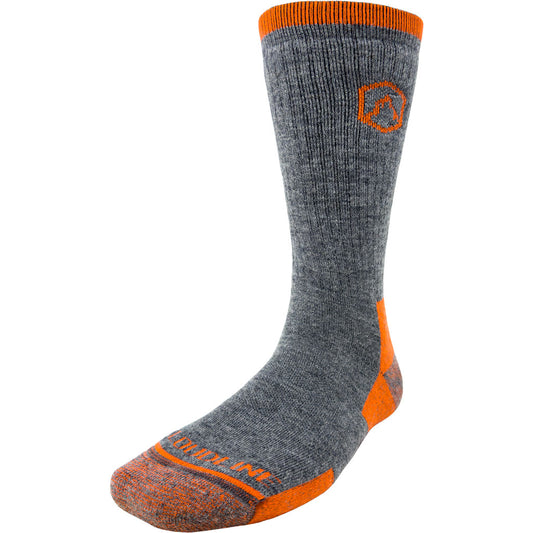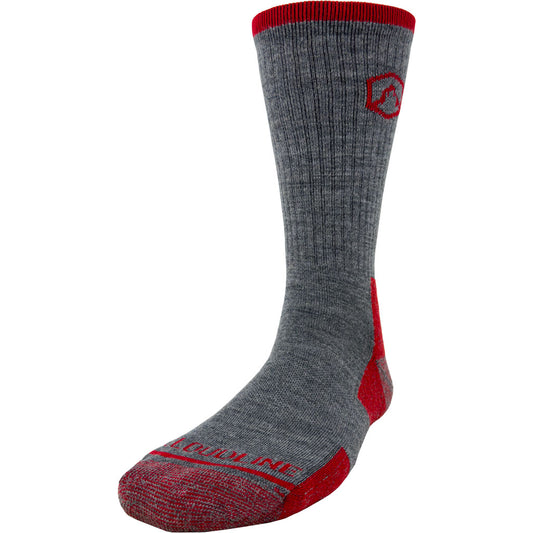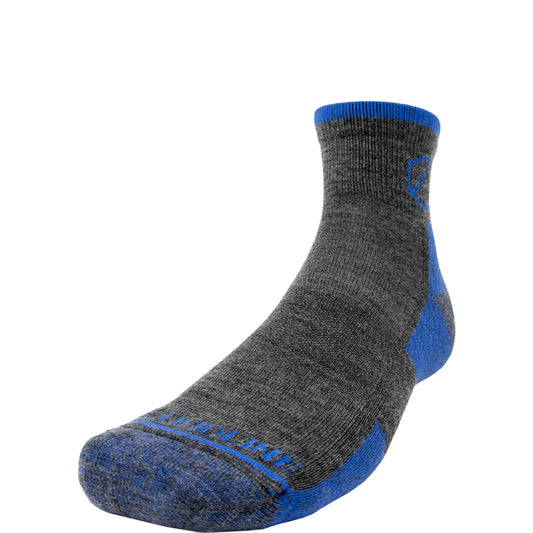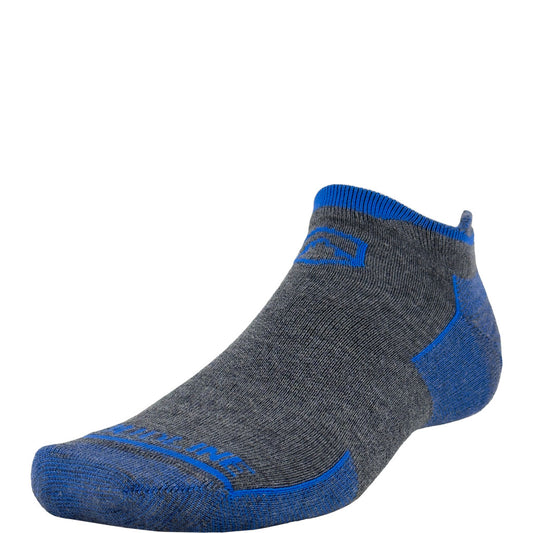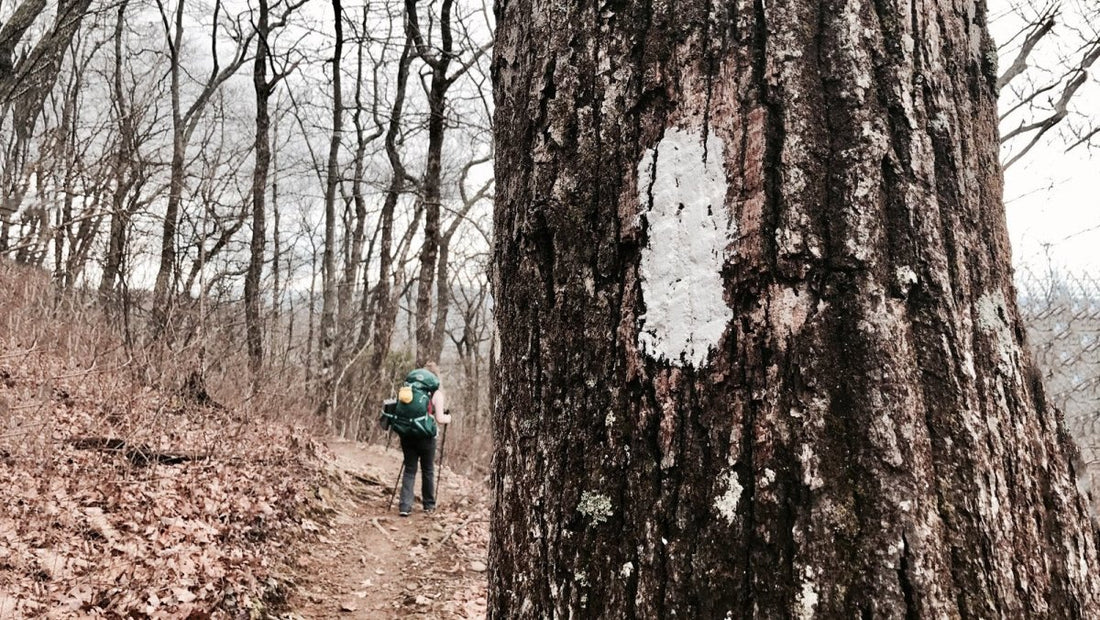
5 Ways to Prepare for a Successful Thru-Hike
How to Prepare for Several Months of Thru-Hiking

1. Research
The decision to thru-hike the Appalachian was initially an extremely overwhelming path to travel for us. Not only did outsiders begin bombarding us with a plethora of questions, our own minds seemed to be swimming in the thought of how much knowledge we’d have to acquire before a thru-hike was even a plausible feat. Let me tell ya, it is incredibly easy to let your mind wander tirelessly down a trail of daunting thoughts at first.
“How much money does it take to do this thing? How do we begin to train our minds and bodies for this? Will we even be able to finish?”
It has been my experience that the natural response for when a human doesn’t know the answer to a question is discouragement/defeat and, for a long time, that is where we kept finding ourselves. With that being said, research was the key for us. And, luckily, there are so many resources readily available for aspiring thru-hikers. One of our personal faves? theTrek.co: a website that curates helpful articles from experienced backpackers and is incredibly helpful in learning the in’s and out’s of thru-hiking the AT. While there really is no amount of knowledge to prepare your body for the type of trauma thru-hiking incites, proper research can help to alleviate some of the mental stress regarding your trip (and that is huge).
2. Physical Conditioning
Hiking with a heavy pack strapped on your back is unlike any kind of physical challenge you can imagine – no matter the mileage or timing of your trek. And, to some extent, there is not a great way to prepare your body for thru-hiking without actually thru-hiking. Nonetheless, we imagine it would be entirely foolish to embark on this journey without (at least attempting) some sort of adequate physical preparation. Back in the fall, we started waking up early each day to go on training hikes before heading off to work our full-time jobs. Eventually, we added our backpacks to the routine and began progressively adding weight to them as an attempt to mimic trail-life. This type of training has helped us build the muscles and endurance we will need for the trail, but it still doesn’t really compare to the real deal – packing up camp and all that jazz. So, now, in the weeks leading up to our start date, we have focused on completing multi-day backpacking trips as the capstone to our personal training. We know, however, that the Trail will inevitably break us into full shape.
3. Shakedown Trips

The essential idea behind a shakedown trip is to discover what you don’t need to bring on your thru-hike or what you do need, but haven’t bought/thought of yet. For example, we recently brought two camp cups/mugs to drink out of. While they were indeed lightweight in nature, we discovered that being a couple and all, we could simply share one mug, ditch the spare, and have a lighter pack. A lighter pack means we can log more miles in a day without expending as much energy. And even though “but it’s just one cup” may come to your minds, every ounce counts! Shakedown trips also give you a more accurate, realistic portrayal of what trail life will be like. Out of all of the ways we have been preparing, shakedown trips are turning out to be among the most beneficial!
4. Buying Lighter Gear
Backpacking is tough and backpacking is work. Thru-hiking is even tougher and even more work than backpacking. One of the ways to make the work a little less tough is by buying lighter equipment. Lighter packs, as mentioned, mean less energy expended, which means less pain and more mileage each day. The issue with buying lighter gear, however, is the expense. A lot of research and high-quality materials are utilized when companies create ultralight equipment. As a result, the cost to us commoners is pretty high. However, when you’re talking about carrying this stuff for months on end, the price seems somewhat trivial.
Honestly, this is where doing some real-life research on your own comes in pretty handy. We discovered two or three items in our very first shakedown trip that we could easily replace with a lighter option. On the flip side, we also found some lightweight items that we (personally) needed to nix and replace with something a little heavier. It’s all about give-and-take, but also: everyone is different, so everyone’s pack will also be different. For example, if you decide to take an ultra-light pillow and cannot seem to get a good night’s sleep, then maybe you just need to compromise in weight for that item! Don’t get too carried away when it comes to weight, but the weight of your pack definitely needs to be a chief priority.
5. Plan With Flexibility
Ask a thru-hiker about their experience and you will most likely hear them say some version of “hike your own hike.” The reason this phrase exists is because there truly is no ‘one size fits all’ when it comes to a thru-hike. Each person will carry different items in their pack, hike different miles each day, and eat different food for dinner. This indicates that thru-hiking is an intrinsically unexpected undertaking. If you are going to attempt a thru-hike, plan for the unplanned and enjoy the unexpected curves. We have learned that planning with flexibility allows us to comfortably adjust to anything the Trail may throw our way!
Follow Logan & Morgan on their blog Trail Mix for Newlyweds, Instagram, Facebook, Pinterest, and Twitter.
Prepare for your thru-hike or backpacking trip with these exercises for hikers.


